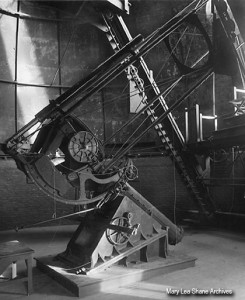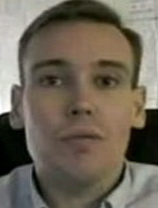Would I Ever Pray for a Miracle?
Watch ABC 20/20 Special on Miracles to Find Out…
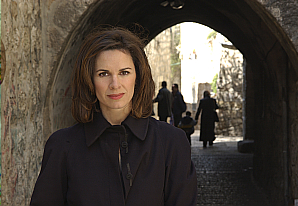
Elizabeth Vargas hosts 20/20 special on miracles
Last night ABC 20/20 aired a one-hour special on miracles (such topics are common faire on television during Christmas and Easter week) hosted by Elizabeth Vargas, this one featuring the usual array of “unexplained” recoveries from injury and disease, in this case a brain injury, cancer, and Parkinson’s disease. (See my interview segments at 26:34, 28:35, 38:15, 39:05.) The producers called me on Wednesday and asked for a skeptical perspective, outlining for me the details of the stories. It was good to know the details, but it doesn’t really matter what they are because the explanation follows no matter the specifics, because of the statistical analysis I provided applies to all such cases.
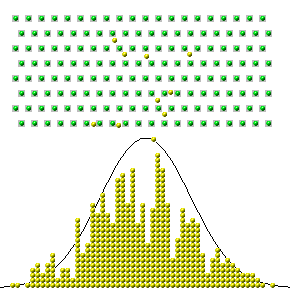
If you drop enough balls some will fall into the highly improbable outside slots. Such “miracles” are statistically guaranteed with large enough numbers.
Let’s say one million people have cancer in America (it’s much higher than this), and only one-tenth of one percent experience a spontaneous recovery (it’s actually higher than this). 1,000,000 x .001 = 1,000 people. Out of that cohort of 1,000 people, what are the chances that half a dozen of them have compelling narrative stories worthy of broadcast television? Pretty good! Here is a show you will never see on any television series: “Next, we examine the remarkable fact that 99.99 percent of people who were diagnosed with incurable cancer and were prayed for died anyway. Stay tuned, for you won’t want to miss these stark statistical realities.”
Of course you will never see such a show because of the confirmation bias, in which we look for and find confirmatory evidence for what we already believe and ignore or rationalize the disconfirmatory evidence. This is naturally what any religion or television production team is going to do when telling a story about miracles: they will pick and choose the most compelling cases that seemingly defy science and reason, and present those to the public, while blindly (and cruelly) ignoring all those devoutly religious people whose loved ones prayed in earnest for them and who died nonetheless. Why do religions and television production companies not call attention to them?
(In point of fact, recently the story broke that one of the “miraculous healings” featured on the show is now being challenged by the attending physician of the nun who was allegedly healed after a night of prayer to Pope John Paul II shortly after his death).
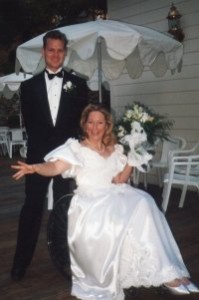
The real miracle here is Maureen’s courage to live a full life with a husband, children, and career.
Well, to their credit ABC 20/20 did just that in allowing me to be the voice of science, reason, and skepticism, and to state the above…and more. It’s the “and more” that seems to be troubling some of my hard-core atheist readers, who were dismayed that I seemingly gave some ground at the end. Watch it yourself at the 39:05 point. After a fairly lengthy interview, Elizabeth Vargas began pushing me to find out if I understood the emotional need people have for religion, faith, and belief in miracles, and she wanted to know if I ever prayed.
Of course I have, when I was a born-again Christian, and I even recounted a story for her that didn’t make the show because it was a little long (I tell the story at length in my next book): shortly after I became an atheist, my girlfriend at the time, Maureen Hannon, was in a horrific automobile accident and was paralyzed from the waist down, and one night in the ER in the midst of reality sinking in of what this meant for her life, I took a knee and asked God for a miraculous healing of the sweetest, smartest, most wonderful woman I ever knew for whom if anyone deserved a miracle it was her. Nothing happened, and Maureen is to this day a paraplegic.
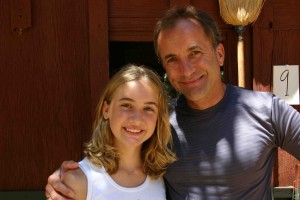
Being a parent is miraculous enough.
Elizabeth then surprised me by asking, as a father, would I ever do anything like that for my daughter, and I said what aired on the show; that is, that setting aside my role as a scientist and speaking purely as a father, “it is possible that I would do anything” and “as a person who loves someone else, who knows?”
So, take what you will from that. Anyone who is a parent knows exactly what I mean.



